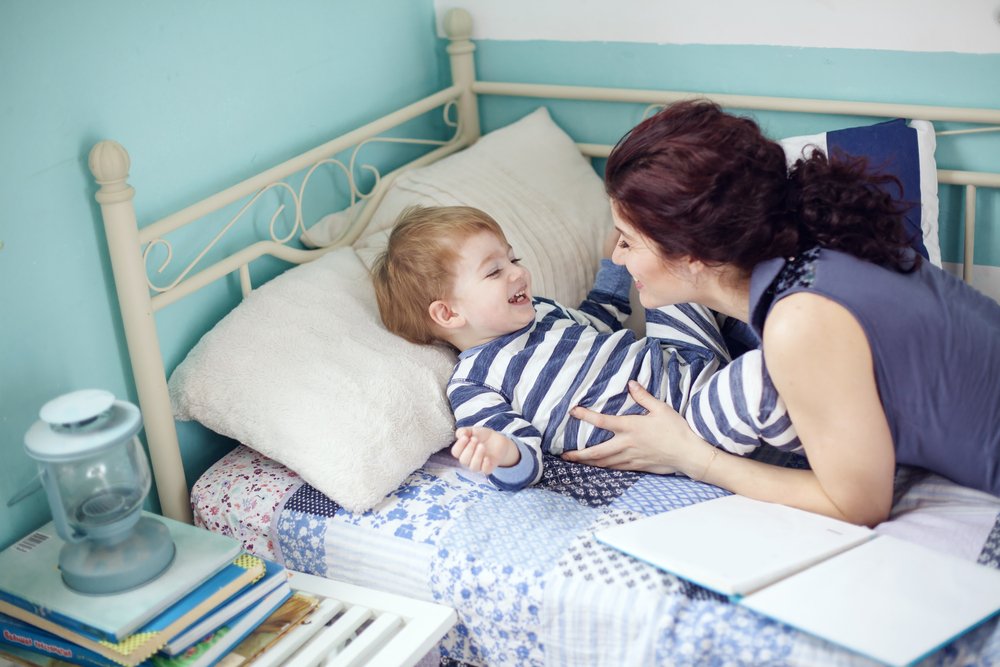Key points:
1. If your toddler is escaping the crib, it’s time to transition to a bed to prevent falls.
2. Maintain consistent bedtime routines while emphasizing staying in bed.
3. Expect resistance initially; stay firm, praise for positive behavior, and ignore protests.
4. Ensure bedroom safety, block stair access, avoid bunk beds, and use night lights or personalized bedding.
If your little one has found a way to escape from the crib even when the mattress is in the lowest position possible, it is a good time to think about leaving the crib and doing the transition to a bed.
Falling and getting hurt is a risk that can occur once toddlers learn the tricks that allow them to climb down their crib. The good news is that most children are happy to make the change to a “big kids” bed. Perhaps your little one will even agree with you that they should stay in bed all night. Nevertheless, this transition involves a big change, so reinforcing bedtime rules and routines becomes a crucial step to avoid nighttime visits.
Reinforcing the bedtime routine
- First of all, make sure your child is not sick, does not need to use the toilet (if they are potty trained), and that you are not going through a major transition such as welcoming a new baby.
- If you don’t have a bed just yet, don’t worry. For now, you can temporarily place the crib’s mattress on the floor.
- Celebrate this new milestone together and praise your little one for growing up. If you make a big deal about this new change, the transition to a bed will be more attractive to them.
- Continue following the same bedtime routine, but do not forget to add this last step: tell your child that they should stay in bed until you come for them in the morning.
- Once your toddler is lying down on their bed and you have completed the routine, praise them for following the instructions, give them a big kiss, a hug, and gently leave the room.
- Don’t forget to tell your little one you’ll look out for them at night. This will give them a sense of tranquility and safety.
- Finally, if your toddler wakes up and leaves their bed, make sure to take them right back to bed quickly and in the most boring way possible. The first night might pose many unsolicited visits, but if you remain firm and consistent in taking your child back to their room, they will learn to stay in bed at night.
Preventing bedtime battles
We are not going to lie, at first, you’ll probably need to repeat the phrase “you cannot get out of bed until morning” until you feel like a broken record. Try to remain calm. This is perfectly normal, your child is simply enjoying their newfound freedom.
Now, if you want your child to stay in bed all night, try to ignore their protests, stand firm, and strengthen the bedtime routine with positive praise when they sleep in their bed all night. Remind them that the rules include all family members sleeping in their own bed until morning (except for getting up to go to the bathroom). Finally, if you do not want this to become a habit, avoid letting your toddler sleep in your bed or stay with the family past their bedtime.
Tips for a successful transition to a bed
According to the AAP (American Academy of Pediatrics), there are several recommendations you can follow to ensure a smooth transition:
- Place a night light in your little one’s room.
- Invite your toddler to take one of their stuffed animals to bed if they don’t do this yet.
- Invite them to choose their sheets, duvet, and even their kid’s bed!
- Use a chart of achievements where you can place a sticker every time your little one stays all night in bed.
- If you can, get a clock that changes color when you can get up.
Keeping my child safe
Now that your bedroom is easier to access, verify that there are no toys on the floor or that they’re placed where they pose a hazard. If you live in a two-story house, make sure that the access to the stairs is blocked. Finally, try not to buy bunk beds since studies have reported that children that have them are more prone to accidents and head injuries.
Hopefully, this information will help you and your child have a smooth transition to bed. Remember that the process can be tiring and difficult, but we know you can do it! Always follow your instincts and do what’s best for you, your little one, and your family; only you will know what is best.
Sweet dreams!








